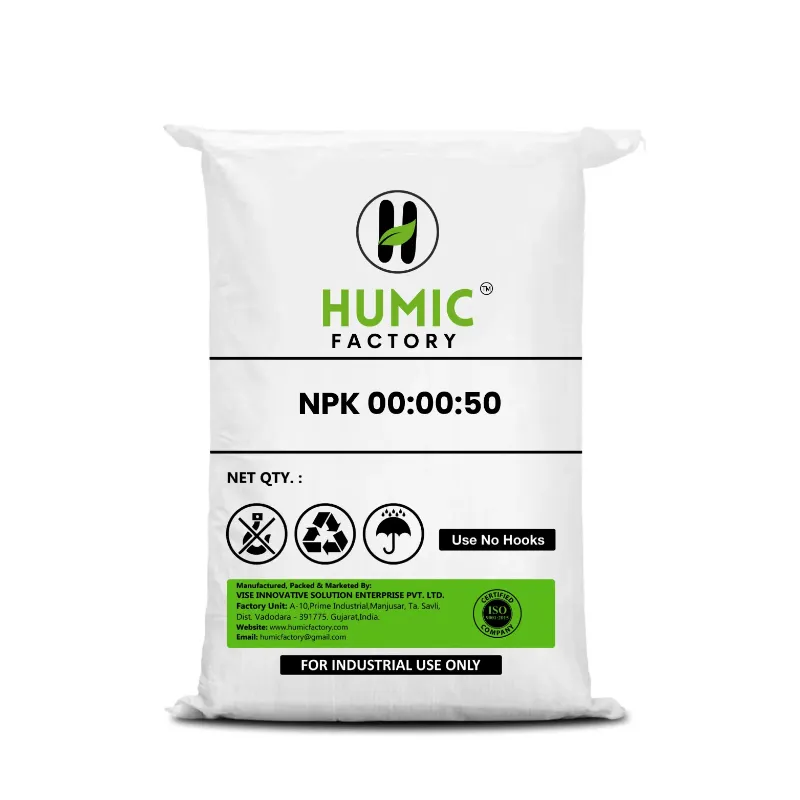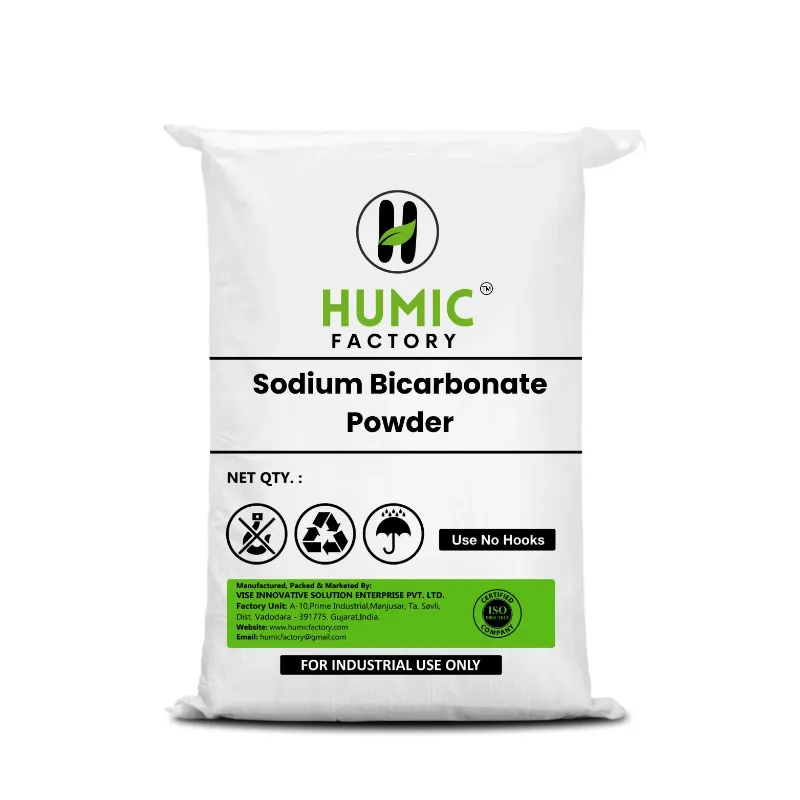Introduction
- Selecting the appropriate NPK ratio is crucial for ensuring optimal plant nutrition and growth.
- Understanding the nutrient requirements of your plants and the role of nitrogen (N), phosphorus (P), and potassium (K) is essential for making informed decisions.
Assessing Plant Needs
- Crop Type: Different plants have varying nutrient requirements based on their growth characteristics and stages. Consider whether your plants are leafy greens, flowering plants, or fruit-bearing crops.
- Stage of Growth: Plants have different nutrient needs at various stages of growth. Young seedlings may require more nitrogen for vigorous vegetative growth, while mature plants may need higher phosphorus and potassium levels for flowering and fruiting.
- Soil Conditions: Soil tests can help determine existing nutrient levels and pH, guiding fertilizer selection and application rates.
Understanding NPK Ratios
- NPK 00 00 50 Fertilizer: High in potassium, this fertilizer is suitable for plants requiring a boost in root development, stress resistance, and fruit formation.
- NPK 20 20 20 Fertilizer: Balanced in all three nutrients, this fertilizer is versatile and suitable for general plant maintenance, promoting overall growth and development.
- NPK 00 52 34 Fertilizer: Rich in phosphorus and potassium, this fertilizer is ideal for stimulating root growth, flowering, and fruiting in plants.
- NPK 19 19 19 Fertilizer: Provides a balanced nutrient profile, supporting robust growth, flowering, and fruiting across various plant types.
Factors Influencing NPK Ratio Selection
- Crop Goals: Determine whether your priority is maximizing vegetative growth, promoting flowering and fruiting, or enhancing stress resistance.
- Environmental Conditions: Consider factors such as soil fertility, climate, and water availability, as they can influence nutrient uptake and plant response to fertilizers.
- Previous Fertilization History: Review past fertilization practices and their effects on plant health and growth to make informed adjustments.
Consulting Soil Tests
- Conduct soil tests to assess nutrient levels, pH, and soil structure, providing valuable insights into the specific nutrient needs of your plants.
- Soil tests help determine which nutrients may be deficient or excessive, guiding the selection of the appropriate NPK ratio for supplementation.
Trial and Observation
- Start with a balanced NPK ratio and observe plant response over time.
- Adjust the NPK ratio based on plant growth, health, and performance. Making gradual changes as needed to optimize nutrient uptake and utilization.
Integration with Humic Factory Products
- Humic factory products, such as humic acids and fulvic acids, enhance nutrient availability, improve soil structure, and stimulate microbial activity.
- When used alongside NPK fertilizers, humic factory products optimize nutrient uptake, promoting healthier plants and maximizing yield potential.
Conclusion
Choosing the right NPK ratio involves assessing plant needs, understanding fertilizer options, and considering environmental factors. By evaluating crop goals, consulting soil tests, and integrating humic factory products. You can tailor NPK ratios to meet the specific requirements of your plants, leading to healthier, more productive growth.





